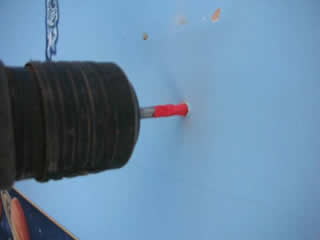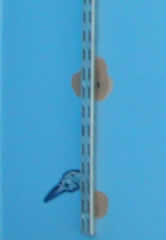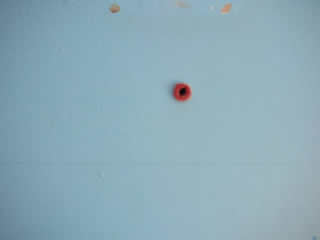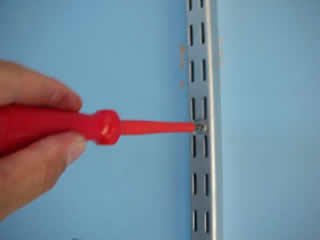Wall plugs can be used on masonry walls such as brick or stone, they should not be used on plasterboard walls as other more suitable fixings are available for this purpose.
Wall plugs are the most commonly used type of fixing device, they are simple to use and give good results with a simple wood screw. There are several different sizes of wall plug all of which are different colours to match the different Hole size and screw size.
| Plug Colour | Drill size | Screw size |
YELLOW | 5mm |  6 - 8 6 - 8 |
RED | 6mm |  8 -10 8 -10 |
BROWN | 7mm |  10 - 14 10 - 14 |
 BLUE |  10mm | 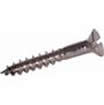 14 - 18 14 - 18 |
Many different variations of wall plugs exist and new designs are being brought out all of the time. Make sure that you use the correct drill and the correct screw or else the fixing will not work.
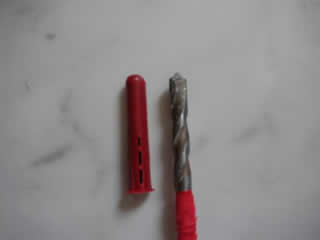
Mark the length of the plug on the drill using some tape.
If you are drilling through a wall that has old plaster that is likely to flake then it is best of you drill a little deeper and ensure that the plug is pushed through the plaster and into the masonry behind, so that the plaster does not crack when the screw is tightened.

Before drilling a hole into a wall you must ensure that no services such as pipes or cables are running where you intend to drill.
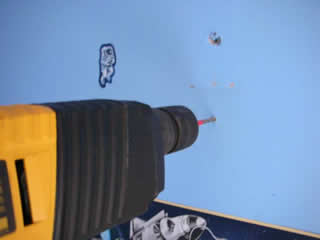
When drilling through plaster into masonry it is best if you do not use hammer action until you hit the masonry. If you try to drill the plaster using hammer action you could damage the plaster and could drill the hole in the wrong place.
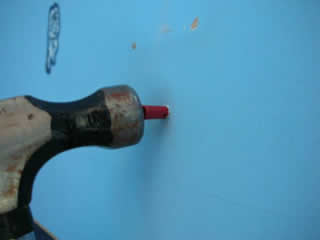
Insert the correct size wall plug and tap it home using a hammer. Don't forget that if the wall is likely to flake then it is best to knock the plug through the plaster to prevent damage from expansion of the plug in the plaster.



